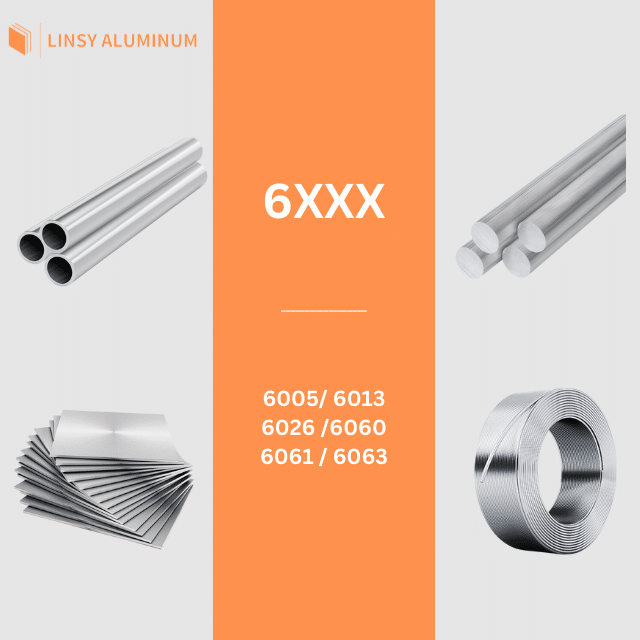
Aluminum is one of the most singular materials formation the modern font earthly concern. Lightweight, corrosion-resistant, and endlessly recyclable, this silvery metal plays a crucial role in industries ranging from aerospace to promotional material. Yet few people empathize the work that transforms raw minerals deep within the Earth into the slick 6061 Aluminum components establish in aircraft, smartphones, and workaday home products. The manufacturing of Al is a wallow of modern technology, alchemy, and sustainability, representing a perfect intermingle of natural resources and human being ingeniousness.
The write up of aluminum begins with a of course occurring ore titled bauxite. Found mainly in tropic and subtropical regions such as Australia, Guinea, Brazil, and Jamaica, bauxite is a cerise-brown rock rich in aluminum oxide minerals. Unlike other metals that can be direct extracted from their ores, atomic number 13 requires a more complex work on because it binds tightly with O. Bauxite typically contains 30 to 60 aluminum oxide(aluminum oxide), along with impurities like silicon dioxide, iron oxides, and titanium . The take exception for manufacturers lies in isolating pure aluminum oxide from these impurities, which is the first indispensable step in aluminium product.
The process of purification bauxite into alumina is known as the Bayer Process, developed by the Austrian Karl Bayer in 1888. In this method acting, bauxite is first unsmooth and mixed with a hot solution of sodium hydroxide. This soda dissolves the aluminium oxide , separating it from the insoluble impurities known as red mud. The red mud is filtered out and stored, while the root containing melted aluminium oxide is cooled and planted with aluminium hydrated oxide crystals to advance haste. The consequent aluminium oxide is then wet, dried, and hot to remove water, producing a fine white pulverise that serves as the raw material for Al metallic element.
Once pure alumina has been extracted, it must undergo a second Major shift: smelting. The work used to convince alumina into silver aluminum is titled the Hall H roult process, revealed severally in 1886 by American chemist Charles Martin Hall and French engineer Paul H roult. This electrolytic condenser process clay the of atomic number 13 production now. The aluminium oxide is dissolved in molten Greenland spar, a rare material that lowers the thawing direct of aluminum oxide and enhances conduction. A right electric automobile stream is then passed through the liquid solution, causing Al ions to transmigrate to the , where they are low to liquified metal. At the same time, atomic number 8 is free at the anode, combining with carbon paper to produce carbon paper dioxide. The molten atomic number 13, being denser, collects at the penetrate of the cell and is sporadically siphoned off for casting.
This smelting process requires big amounts of up to 15 kilowatt-hours per kilo of atomic number 13 produced. For this conclude, aluminum smelters are often settled near easy and bargain-priced sources of major power, such as electricity plants. The dependency on makes Al one of the most vitality-intensive metals to produce, but it also drives innovation in vim efficiency and renewable desegregation. Many modern facilities now use high-tech technologies to tighten emissions, reprocess heat, and apply renewable superpowe sources, positioning aluminium product with world-wide sustainability goals.
After smelting, the liquified Al is cast into various forms depending on its deliberate use. Common molding methods let in producing vauntingly ingots, billets, or slabs, which are later rolled, extruded, or imitative into destroyed products. Alloying such as magnesium, , zinc, or silicon are often added to better strength, underground, or other physics properties. The consequent aluminium alloys are incredibly varied, service as the backbone of numberless applications. In the self-propelled manufacture, for illustrate, aluminum reduces fomite slant and improves fuel efficiency. In aerospace, it provides the hone of weightlessness and durability required for aircraft structures. Even in routine life, Al is present in promotional material, construction materials, and consumer electronics.
Beyond its technical foul versatility, aluminum s superior effectiveness lies in its recyclability. Unlike many other materials, atomic number 13 can be recycled indefinitely without losing its properties. Recycling aluminium requires only about 5 of the energy required to make new metal from bauxite, making it one of the most environmentally amicable materials in creation. This has led to a healthy worldwide recycling manufacture, where scrap atomic number 13 from used cans, old vehicles, and heavy-duty waste is collected, unfrozen, and reintroduced into the product . The closed-loop nature of Al recycling not only preserves natural resources but also significantly reduces carbon paper emissions.
As technology advances, aluminum manufacturing continues to germinate toward greater and sustainability. Innovations such as soggy anode applied science, which eliminates carbon emissions during electrolysis, and whole number monitoring systems that optimize vitality use, are pushing the industry toward a hereafter. Moreover, as international demand for whippersnapper and property materials increases, aluminum stands equanimous to play an even more substantial role in the transition to putting green technologies. From electric car vehicles and inexhaustible vitality systems to modern architecture and space exploration, aluminium corpse at the heart of get on.
In essence, atomic number 13 manufacturing represents a remarkable journey from raw material to Bodoni font wonder. It encapsulates humans s ability to harness the through skill and technology, transforming a green rock into one of the most momentous materials of our age. The news report of aluminium is not just about metallic element product it is about invention, sustainability, and the ongoing quest to establish a brighter, ignitor hereafter.

